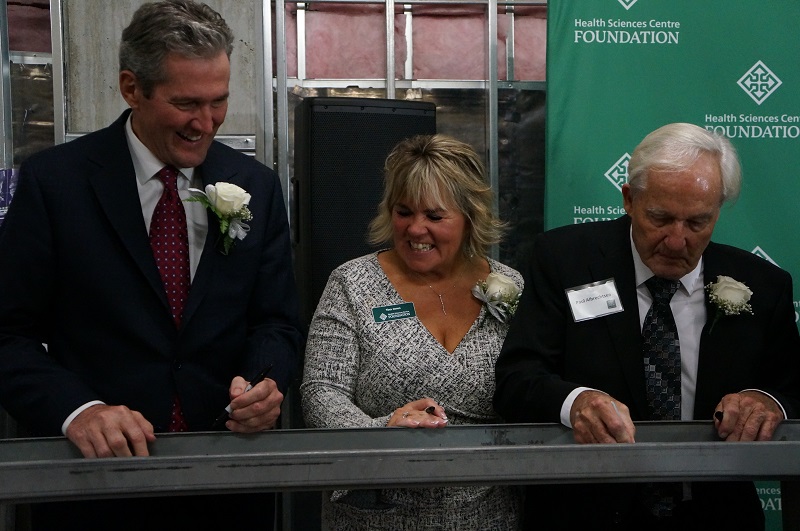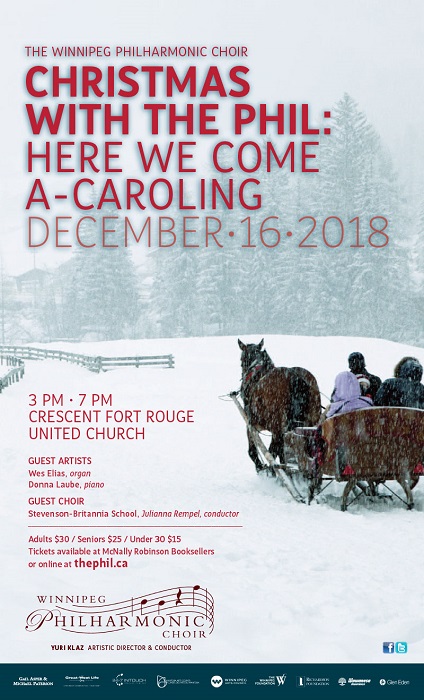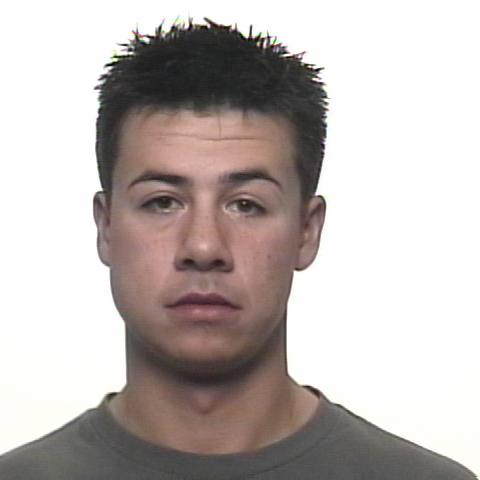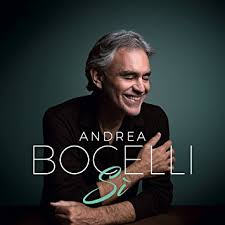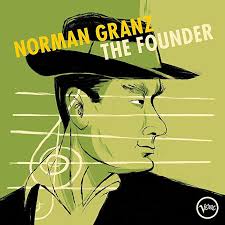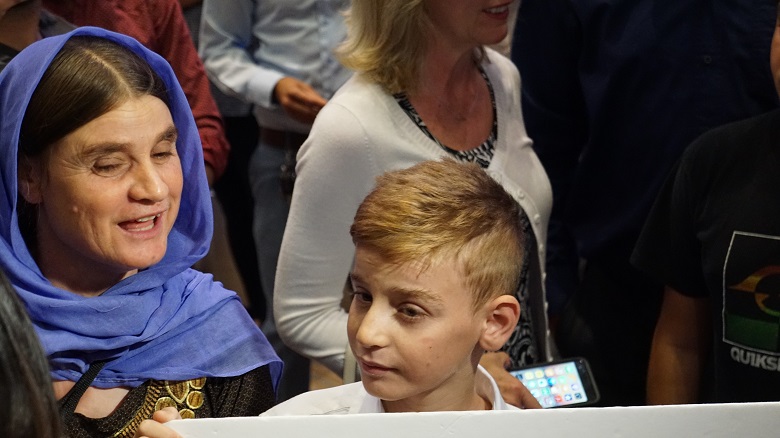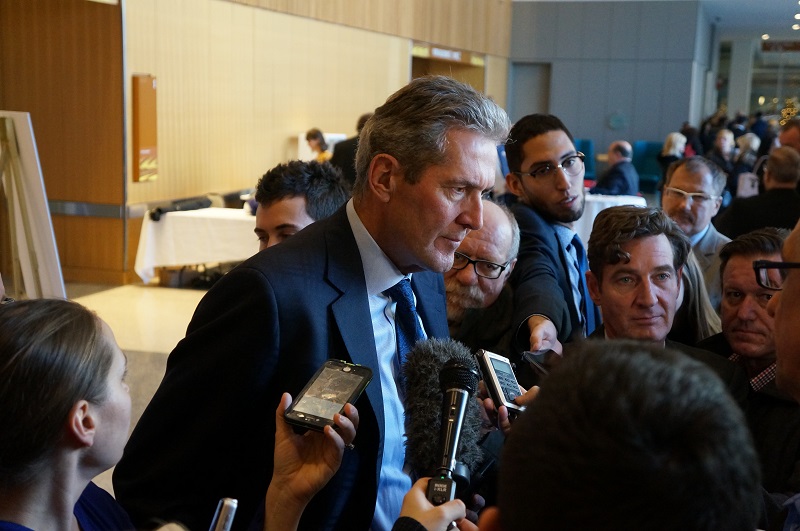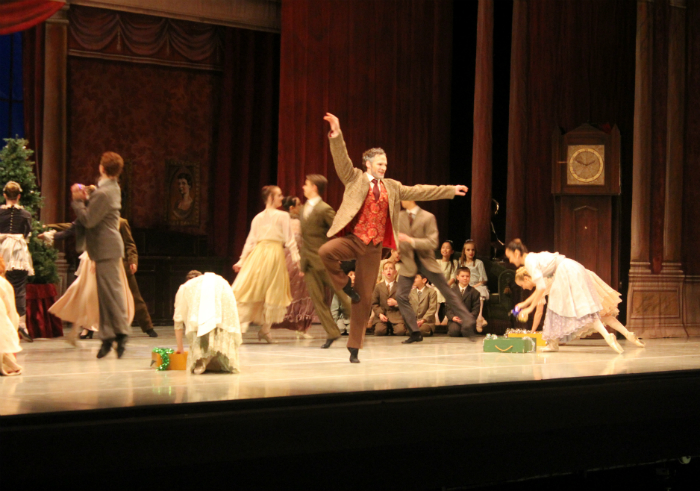Arts & Culture
Remembering Robert Redford: 10 unforgettable film scores that defined his career
Remembering Robert Redford through music: 10 unforgettable film scores The world is mourning the loss of Robert Redford, who died today at the age of 88. Actor, director, producer, activist — Redford was one of Hollywood’s greats, and his films have shaped the landscape of American cinema for more than half a century. One way to remember him is through music. The scores from his films are often as iconic as his performances — sweeping, tender, mythic, and unforgettable. Here are ten of the best. 1. The Natural (1984) — Randy Newman Randy Newman’s rousing score is perhaps the most famous in Redford’s career. The soaring Natural Fanfare is instantly recognizable, used everywhere from baseball stadiums to TV commercials. It captures both the grandeur of America’s pastime and the mythic aura surrounding Redford’s Roy Hobbs. .embed-container { position: relative; padding-bottom: 56.25%; height: 0; overflow: hidden; max-width: 100%; } .embed-container iframe, .embed-container object, .embed-container embed { position: absolute; top: 0; left: 0; width: 100%; height: 100%; } 2. The Way We Were (1973) — Marvin Hamlisch This bittersweet love story paired Redford with Barbra Streisand and featured one of Marvin Hamlisch’s finest scores. The title song became a standard, but the orchestral underscoring is equally moving, heightening the romance and heartbreak of a story about love and politics across decades. .embed-container { position: relative; padding-bottom: 56.25%; height: 0; overflow: hidden; max-width: 100%; } .embed-container iframe, .embed-container object, .embed-container embed { position: absolute; top: 0; left: 0; width: 100%; height: 100%; } 3. All Is Lost (2013) — Alex Ebert In this nearly wordless survival tale, Redford carried the film almost entirely alone. Alex Ebert’s Golden Globe–winning score is sparse yet haunting, a soundscape that blends with the natural world. The restraint makes every swell of music land with emotional force. .embed-container { position: relative; padding-bottom: 56.25%; height: 0; overflow: hidden; max-width: 100%; } .embed-container iframe, .embed-container object, .embed-container embed { position: absolute; top: 0; left: 0; width: 100%; height: 100%; } 4. Out of Africa (1985) — John Barry Redford’s role opposite Meryl Streep is immortalized in John Barry’s lush, Oscar-winning score. Sweeping strings and expansive themes perfectly mirror the grandeur of Kenya’s landscapes and the emotional depths of the love story at its centre. .embed-container { position: relative; padding-bottom: 56.25%; height: 0; overflow: hidden; max-width: 100%; } .embed-container iframe, .embed-container object, .embed-container embed { position: absolute; top: 0; left: 0; width: 100%; height: 100%; } 5. Jeremiah Johnson (1972) — John Rubinstein & Tim McIntire This mountain man epic needed music as rugged and raw as its setting. The folksy, ballad-like score — part traditional, part narrative — reflects both the beauty and brutality of the wilderness that Redford’s character learns to call home. .embed-container { position: relative; padding-bottom: 56.25%; height: 0; overflow: hidden; max-width: 100%; } .embed-container iframe, .embed-container object, .embed-container embed { position: absolute; top: 0; left: 0; width: 100%; height: 100%; } 6. The Horse Whisperer (1998) — Thomas Newman As both star and director, Redford oversaw a film as much about healing as horsemanship. Thomas Newman’s evocative score is subtle and lyrical, weaving through wide Montana landscapes. The original song “A Soft Place to Fall” earned an Oscar nomination and remains a highlight. .embed-container { position: relative; padding-bottom: 56.25%; height: 0; overflow: hidden; max-width: 100%; } .embed-container iframe, .embed-container object, .embed-container embed { position: absolute; top: 0; left: 0; width: 100%; height: 100%; } 7. The Legend of Bagger Vance (2000) — Rachel Portman Rachel Portman’s score balances intimacy with grandeur, echoing the meditative qualities of this golf fable. Its gentle lyricism complements Redford’s directorial approach — finding grace and meaning in quiet moments. .embed-container { position: relative; padding-bottom: 56.25%; height: 0; overflow: hidden; max-width: 100%; } .embed-container iframe, .embed-container object, .embed-container embed { position: absolute; top: 0; left: 0; width: 100%; height: 100%; } 8. Ordinary People (1980) — Pachelbel’s Canon in D Though Redford directed rather than starred in this Oscar-winning drama, music played a crucial role. The use of Pachelbel’s Canon in D is devastatingly effective, underscoring the film’s themes of grief and fragile reconciliation. .embed-container { position: relative; padding-bottom: 56.25%; height: 0; overflow: hidden; max-width: 100%; } .embed-container iframe, .embed-container object, .embed-container embed { position: absolute; top: 0; left: 0; width: 100%; height: 100%; } 9. The Sting (1973) — Scott Joplin (adapted by Marvin Hamlisch) This caper film reintroduced ragtime to a whole new generation. Marvin Hamlisch’s adaptations of Scott Joplin’s piano works, especially The Entertainer, became inseparable from the film — playful, jaunty, and full of mischief, just like Redford’s con man. .embed-container { position: relative; padding-bottom: 56.25%; height: 0; overflow: hidden; max-width: 100%; } .embed-container iframe, .embed-container object, .embed-container embed { position: absolute; top: 0; left: 0; width: 100%; height: 100%; } 10. Butch Cassidy and the Sundance Kid (1969) — Burt Bacharach Few film-music moments are as charming as Paul Newman and Redford clowning around on bicycles while “Raindrops Keep Fallin’ on My Head” plays. Burt Bacharach’s Oscar-winning score and song gave this western an unexpected lightness, one that has become iconic in film history. .embed-container { position: relative; padding-bottom: 56.25%; height: 0; overflow: hidden; max-width: 100%; } .embed-container iframe, .embed-container object, .embed-container embed { position: absolute; top: 0; left: 0; width: 100%; height: 100%; } A lasting legacy in image and sound Robert Redford’s passing leaves a silence in Hollywood — but one that is filled with the echoes of his work. His films are remembered not only for his performances and direction but also for the music that gave them depth, colour, and timelessness. Revisiting these scores is a way to keep his artistry alive, to hear once more the world he helped create.








